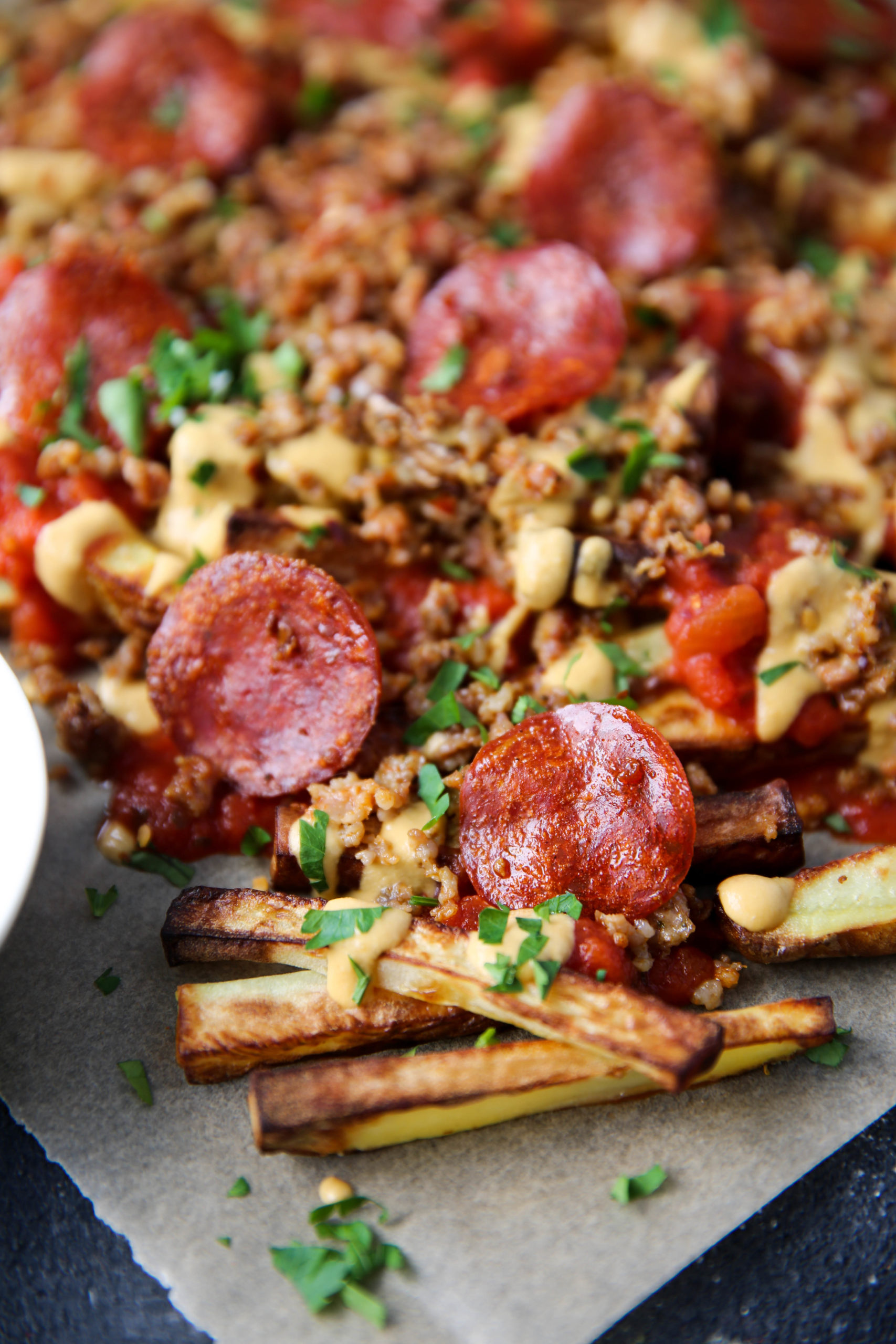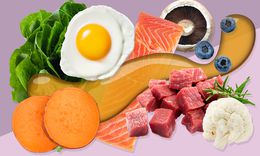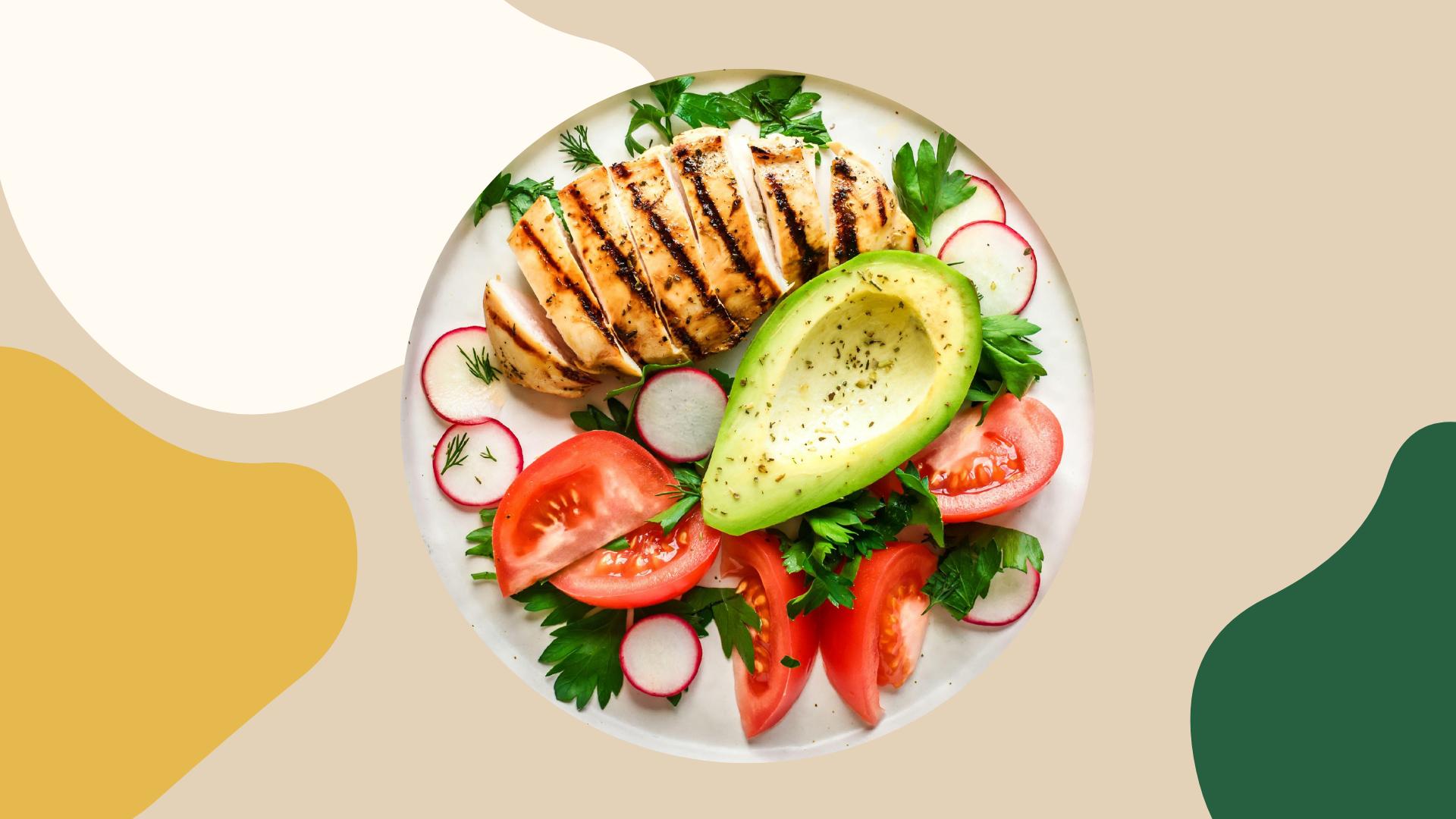
A new study suggests that heart disease is less likely to be caused by a paleo diet. Participants ate mostly non-starchy vegetables and averaged 28 grams of fiber per day. Their daily carbohydrate intake totaled ninetyg per day. Researchers concluded that this was due to the lack of grains, since they wouldn't have access to grains. Instead, the study recommended eating starchy vegetables such as tubers and fruits, which would have increased their carbohydrate intake and resistant starch levels.
Low-carb Paleo diet
Many myths persist about the low-carb Paleo diet, including the fact that it doesn't work for everyone. Many of these myths come from old nutrition myths and diet beliefs that still exist in many doctors’ offices. Although low-carb eating has been proven to work well for weight loss it may not suit everyone. Before beginning the Paleo lifestyle, it is important you read all about it.
People who eat a paleo diet could be at high risk for vitamin D deficiency and calcium deficiency. These nutrients are critical for bone health. A high intake of saturated fat and proteins can increase your risk for developing cancer, heart disease, and kidney disease. However, in moderation, the Paleo diet may have a few benefits for those who are at risk for cardiovascular disease. This is why a low-carb Paleo diet might be the best choice for you.

A Paleo low-carb diet is not only beneficial for reducing inflammation. Low-carb diets have been proven to decrease blood sugar spikes. They also improve insulin sensitivity. They can also improve gut health and prevent inflammation. You can find more information in the Low-carb Paleo diet study. For weight loss, you don’t have to follow the Paleo diet.
According to Dr. Oz, carbs should comprise 45-65 per cent of your daily caloric intake. This means that you will only get 900-1300 calories of carbs per day if your daily intake is 2,000 calories. That is, you will be eating between 225 - 325 grams per day of carbs, which equals about 225 - 300 calories. A low-carbohydrate diet can have very low carbohydrate intake.
Compared to a ketogenic diet, a paleo diet is more flexible. Paleo encourages eating more fruit, vegetables, lean proteins, rather than restricting carbs. Knowing what you eat makes it easier to follow a Paleo diet. You'll be less likely to become frustrated with your diet and your body. You'll be less stressed about your diet and will lose weight faster.
High-protein Paleo diet
Paleo enthusiasts often have the same question: What is high-protein? It's important to know the limits before attempting this diet. The upper limit of protein intake is approximately 30% of total calories. This is not an absolute limit. High-protein diets still have to consume carbohydrates and fat. The higher the protein intake, the more likely it is that you'll gain weight.

Proteins from meat and dairy can be absorbed easily by the body because they are bioavailable. Animal proteins are easier to absorb than plant-based. Beef protein, in particular, is better absorbed because it has been predigested. Beef protein is sourced in Sweden from hormone-free, non-antibiotic-treated cows. Hydrolyzed beef protein is also easier to digest and absorb.
Cost is one reason people have difficulty sticking to a study plan. The cost of protein is usually higher than that of fats and carbohydrates. It is also difficult to maintain a diet because of the social factors, like not wanting to appear strange at a restaurant. You can still eat Paleo, but there are ways to lower your costs. There are many ways you can manage your cravings without eating out. There are several ways you can stay on track, without feeling guilty. These issues are covered in more detail on the index page.
The high-protein and low-carbohydrate portions of the paleo diet have numerous health benefits. Although the diet's lower sugar and carbohydrate levels may lead to an increase in insulin sensitivity and better glycemic control (although these effects are not statistically significant), Studying blood pressure levels found statistically significant drops in diastolic blood Pressure among participants on the paleo diet. These studies were done on 9 to 29 individuals over a period of 10 to 12 weeks.
FAQ
Are there any ingredients I can buy to cook?
You don't need to buy every ingredient. Many grocery stores carry pre-made sauces and items that can be used as substitutes. Premade meals are an option if you're looking for a way to save some money.
How much does culinary school cost?
Costs for culinary school vary depending on where you live, how long you study and which program you choose. The average tuition ranges from $10,000-$30,000 per year. The majority of students graduate with around $20,000 in student debt. There are some programs that offer grants and scholarships as well as work-study options.
What's the difference between a professional chef and an amateur cook?
A chef prepares food to be served to others. A cook prepares the food for oneself. While both jobs involve the preparation of food, a chef interacts directly with his customers. This means that they may have to decide what dishes to prepare for their customers based on their preferences. The cook doesn't have to interact with customers. Instead, they ensure that the food tastes delicious before they serve it to others.
How do you store leftovers best?
Leftovers are usually stored in Tupperware containers. These containers preserve food freshness and stop odors from developing. They keep foods warmer for longer. You can freeze leftover food in freezer bags. When freezing food, place the bag inside another freezer bag so that air doesn't escape. Once the food has frozen, you can transfer it to an airtight container like a zipper lock bag.
Statistics
External Links
How To
How to cook a Steak
The thickness of any meat will dictate the cooking method. Thicker steaks should be cooked over low heat. Thicker steaks will need to cook at higher temperatures.
Don't overcook them as they will lose flavor. You should always remove the steak from the skillet when it's done. This will prevent you from burning yourself.
Cooking times vary depending on the size and degree of doneness desired. These are some guidelines:
Medium Rare: Cook till medium rare. This is when the internal temperature of the food reaches 145°F (63°C). This can take anywhere from 3 to 5 minutes per side.
Medium: Cook to medium (or until the internal temperature reaches 160degF/71degC). This typically takes 6 minutes per side.
When done well, cook until the internal temperatures reach 180°F (82°C). This typically takes 8-12 minutes per side.